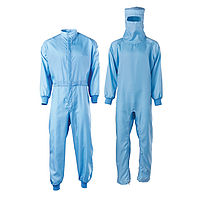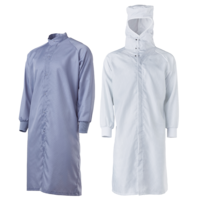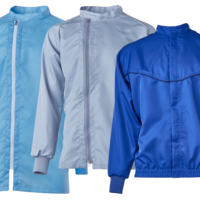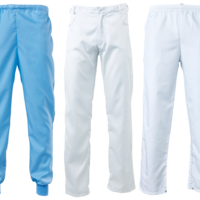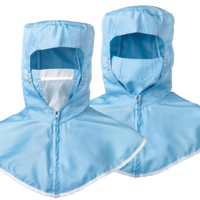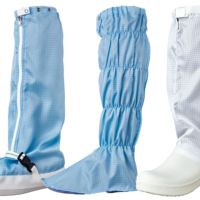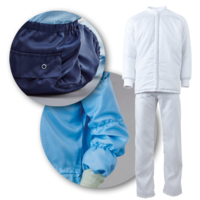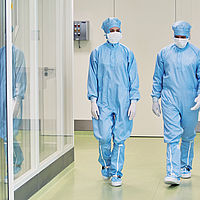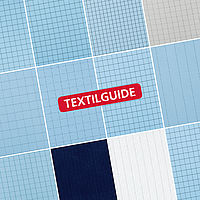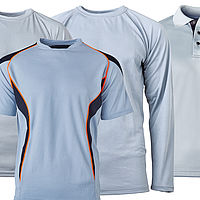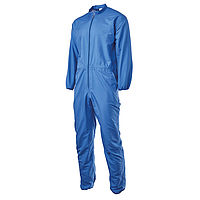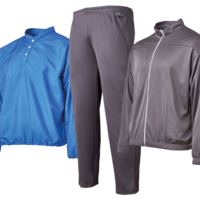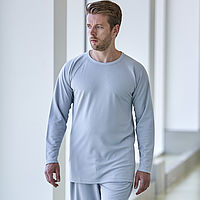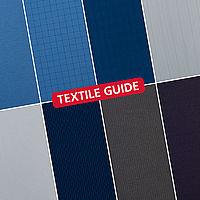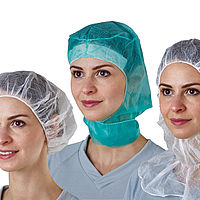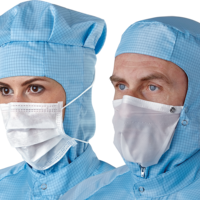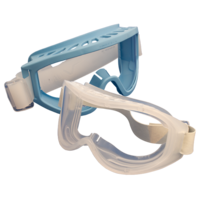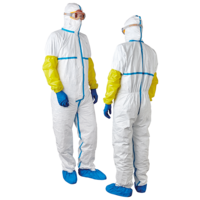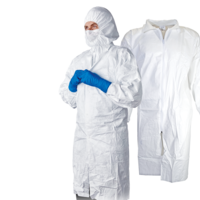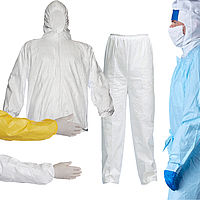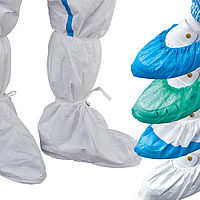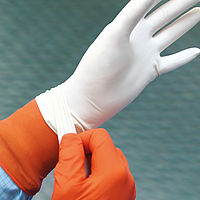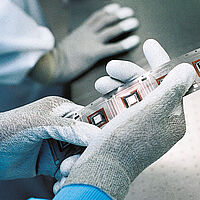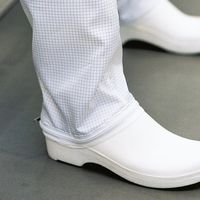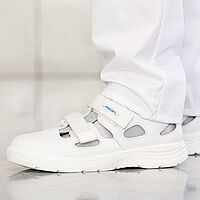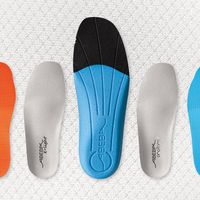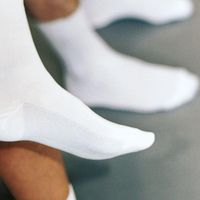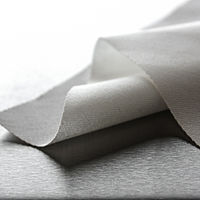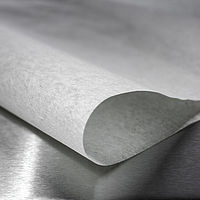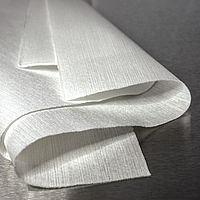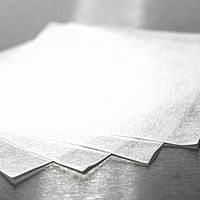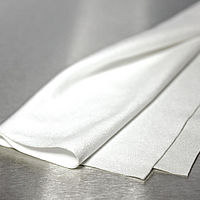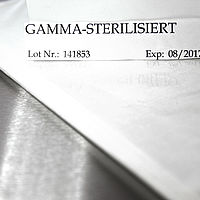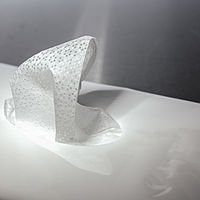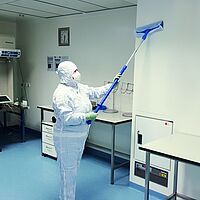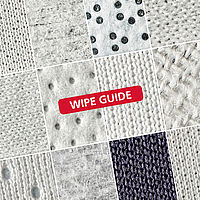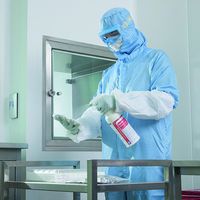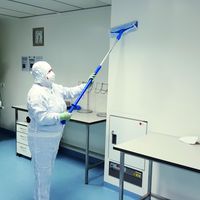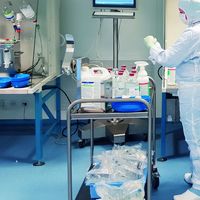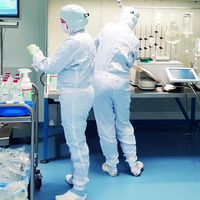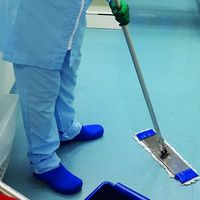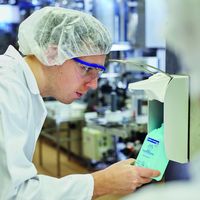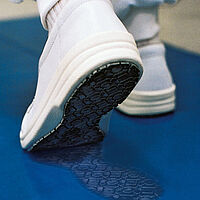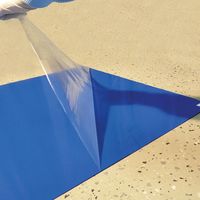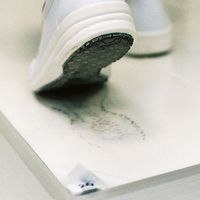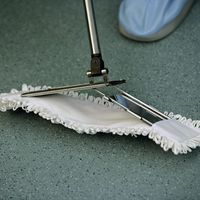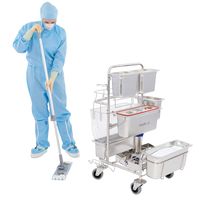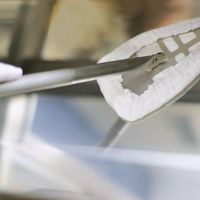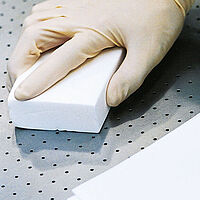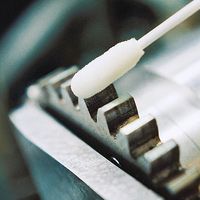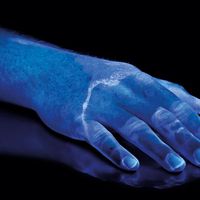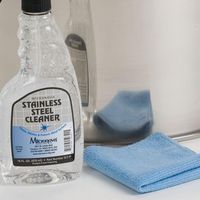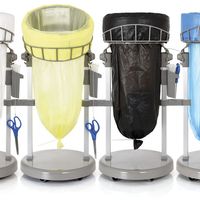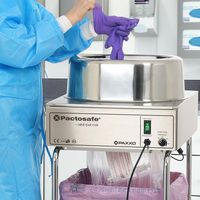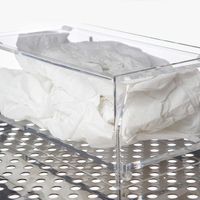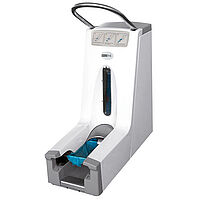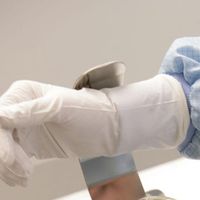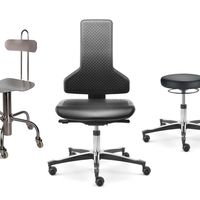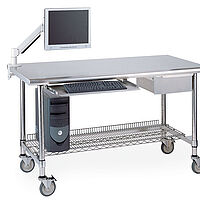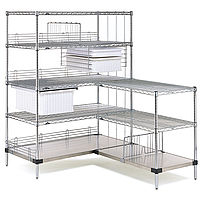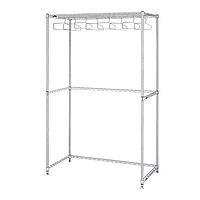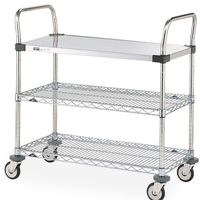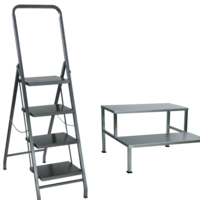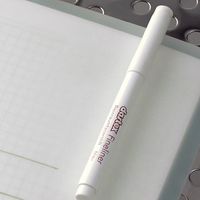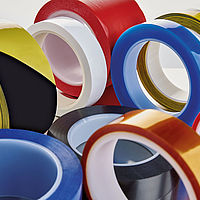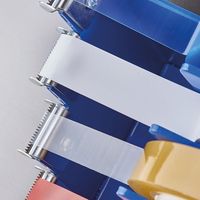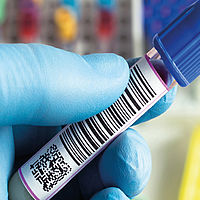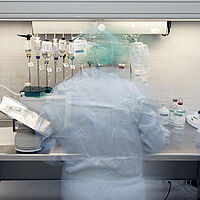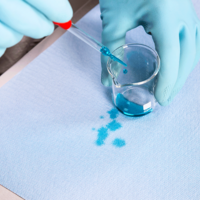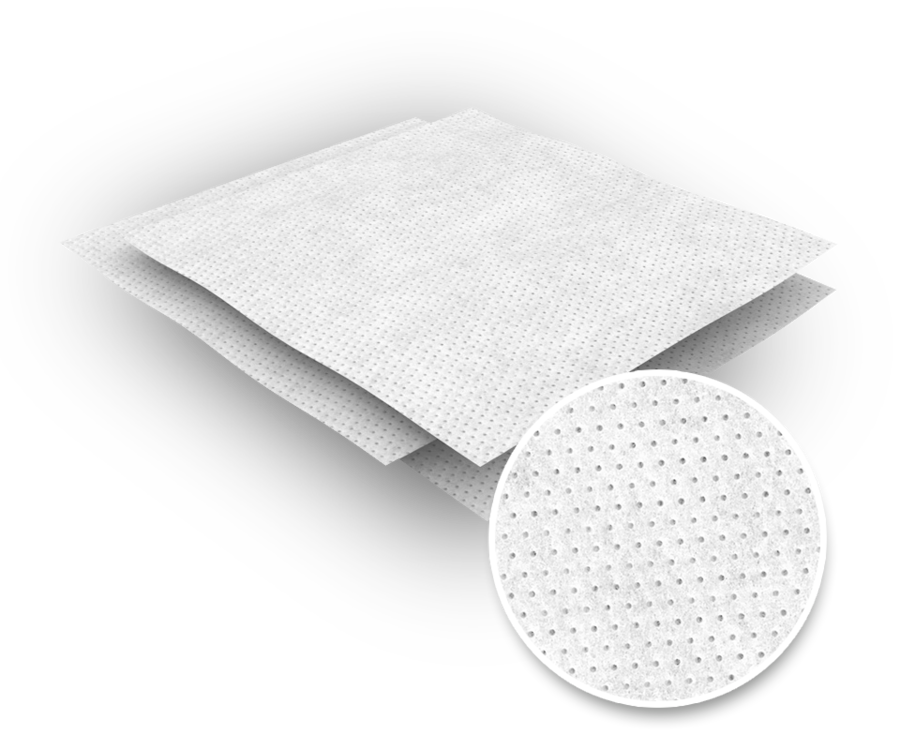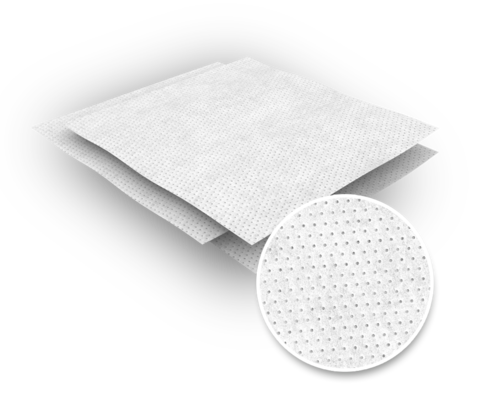Series 700, a 3-layer non-woven cleaning wipe, consists of an inner fabric layer of cellulose thermally bonded to two outer layers of polypropylene. It can be used in a wide range of applications, both in microbiological controlled zones and in areas with solely particulate control. Due to this 3-layer structure, the wipes can absorb large quantities of liquids. Although made of a non-woven fabric, the wipes are characterised by a relatively high robustness and abrasion resistance. The series 700 wipes combine the different strengths of cellulose (➜ absorbency) and polypropylene (➜ abrasion resistance) and are also able to partially absorb oils and fats. The wipes are also free of adhesives and binders, which is also reflected in the low extractable residues. In addition, the wipes have a good chemical resistance.
Facts
Special requirements
Three layer non-woven (PP/CEL/PP)
Properties
- 3-layer non-woven wipe, in sandwich construction
polypropylene / cellulose / polypropylene - medium particle and fibre emission
- abrasion resistant
- chemically stable
- packed in a double bag
Advantages
- highly absorbent
- versatile
- very robust and abrasion-resistant despite the non-woven fabric construction due to the polypropylene outer layers
- relatively inexpensive
Applications
- all-purpose wipe
- absorption of aqueous spills
- application or removal of chemicals and solvents can be done with a single step
- workplace and tool cleaning
Product recommendation based on cleanroom classes
Of course, cleanroom wipes used in ISO 5 can also be used in ISO 9, but in this case the economic efficiency and usefulness should be considered.
A 1 to 1 allocation of cleanroom wipes to an air cleanliness class according to ISO 14644-1 is not possible. Recommendations can only be made on the basis of special properties relevant from a cleanroom technical point of view, such as "abrasion resistance" or "particle emission". Users can find further information on this in VDI Guideline 2083 Part 9.2.
Technical data
| Properties | Unit of measurement | Value | Test method | |
|---|---|---|---|---|
| Material | PP/CEL/PP | |||
| Edge processing | cold cut | |||
| Mass per unit area | g/m2 | 88 | ||
| Thickness |
mils mm |
27 0.69 | ||
|
Absorptive capacity (Ai) intrinsic (Ae) extrinsic | ml/g ml/m2 | 6.2 553 | IEST-RP-CC004.3 | |
|
NVR Non-volatile residues |
IPA based DI water based |
g/m2 g/m2 |
0.072 0.077 | IEST-RP-CC004.3 |
| Particle residues |
0.5 – < 5.0 µm > 5.0 – ≤ 100 µm |
x 106/m2 x 106/m2 |
43 0.85 |
IEST-RP-CC004.3 Biaxial Shake Test |
| Fibre residues | > 100 µm | x 103/m2 | 3.45 |
IEST-RP-CC004.3 Section 6.2.2.2 |
| Ionic residues |
Chloride (ClO2-) Sodium (Na+) |
ppm ppm |
64 82 |
IEST-RP-CC004.3 Section 7.2.2.1 |
| Organic contaminants |
silicone oil amides D-n-octylphthalate (DOP) |
n. s. n. s. n. s. |
by FTIR spectrometer Fourier transform infrared spectrometer | |
| Dimensions | PU per bag | Art. No. | ||
|
8" x 9" (20 cm x 23 cm) 11" x 12" (28 cm x 30 cm) Metric conversions rounded to nearest whole number. |
100 pieces 100 pieces |
55700 0809 55700 1112 | ||
| n. s. = not specified n. d. = not detectable |
Note






